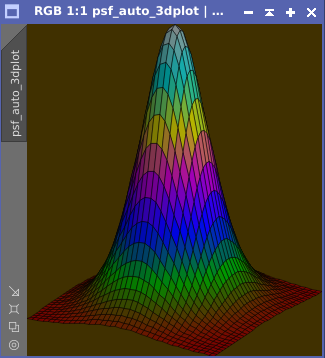Learn How to Create a Point Spread Function (PSF) Model for PixInsight Deconvolution
The blurring effect within an image is often characterized by a mathematical function known as the Point Spread Function (PSF), which describes how a point source of light is spread out in the image. The point light sources are your stars, which should be circular.
When used with the PixInsight Deconvolution process, an accurate PSF model shows the blurring characteristics within the image, which deconvolution can correct. To be accurate, the PSF creation process should use a linear image (one that has not been stretched). When an image is stretched, the PSF characteristics are no longer accurate, resulting in a poor deconvolution result.
(more…)


